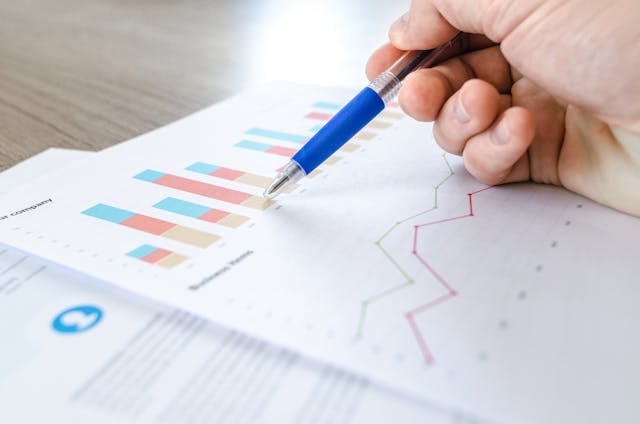Businesses can benefit greatly from alternative data since this type of information shows what may be going on outside the usual consumer credit file. Examples of alternative data includes specialty finance data and telco and utility data, which are all Fair Credit Reporting Act compliant. Currently, more than 76 million Americans are struggling to access credit because they have thin files (four or less credit accounts on file) or are credit invisible (does not have a typical credit file).
Almost every one in three adults in the U.S. has thin files or are credit invisible. These are typically people who are young, new to using credit, have not used credit in a while, do not use credit accounts, are recently divorced or widowed, have immigrated, or are cash users. A subprime credit score can result in thousands of dollars in additional interest when it comes to getting a mortgage or loans. In fact, more than 50% of Americans are unable to pay unexpected expenses out of pocket.
By leveraging alternative data, more than 8 million people can get into scorable credit bands. This also means about 2 million consumers could qualify for better financial offerings. With utility and telco data, an additional 25% of credit unscorable consumers could become scorable. Layering specialty finance data along with it could score an extra 7% of credit unscorable consumers as well.
Alternative data can provide many individuals with positive credit score changes while responsibly expanding access to credit and supporting a more inclusive economy.

